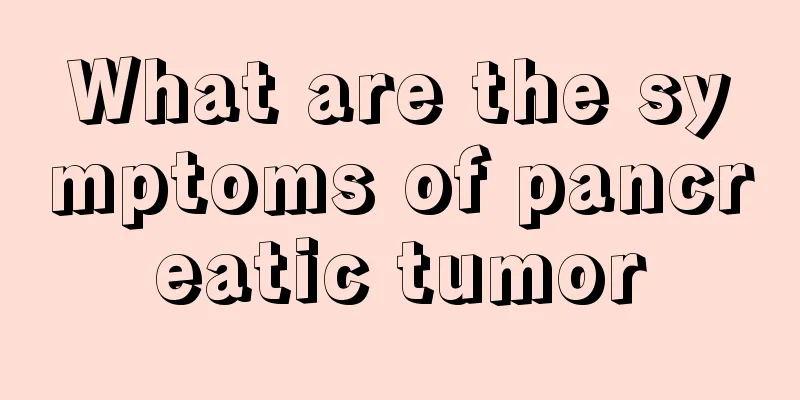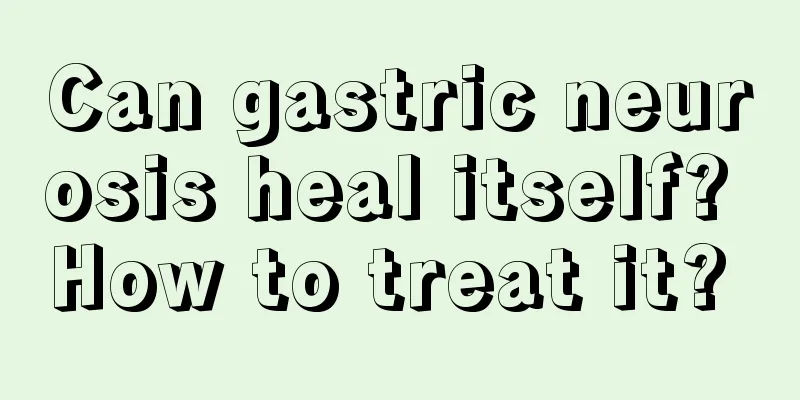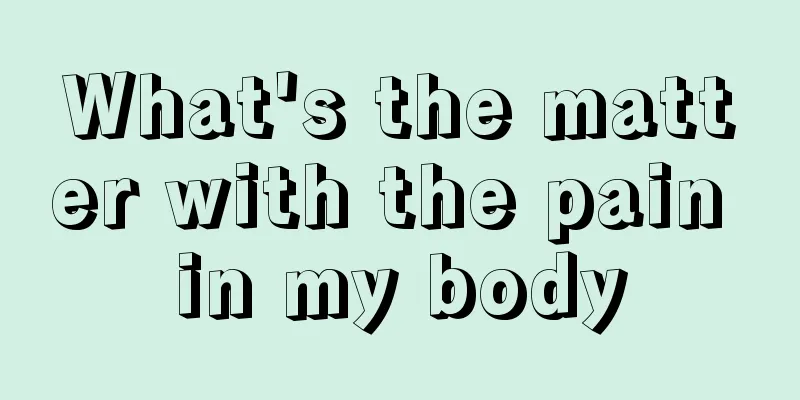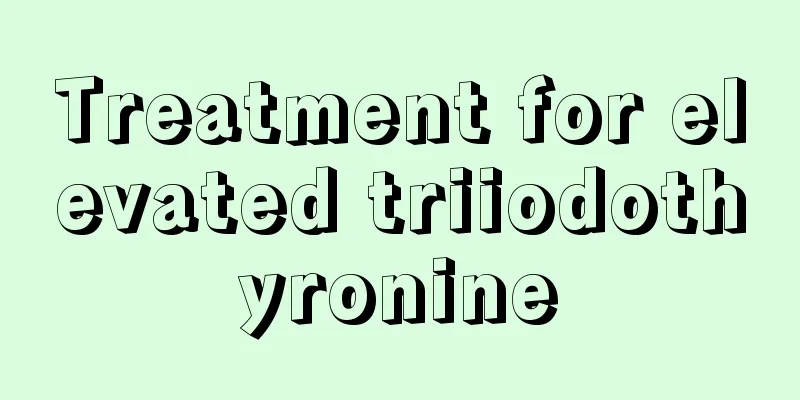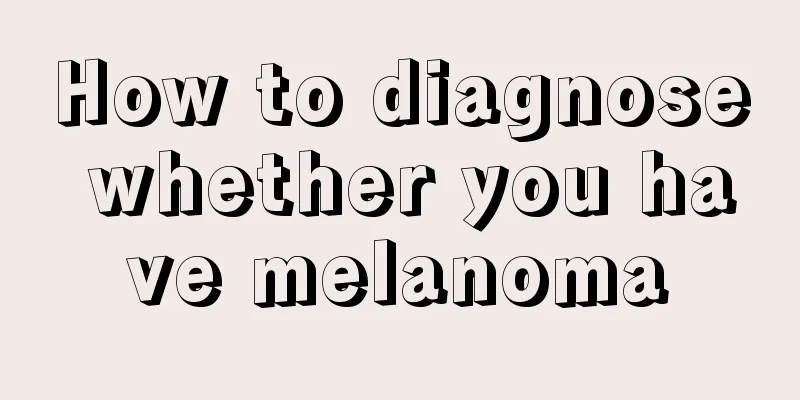Symptoms of cystic kidney disease and polycystic kidney disease
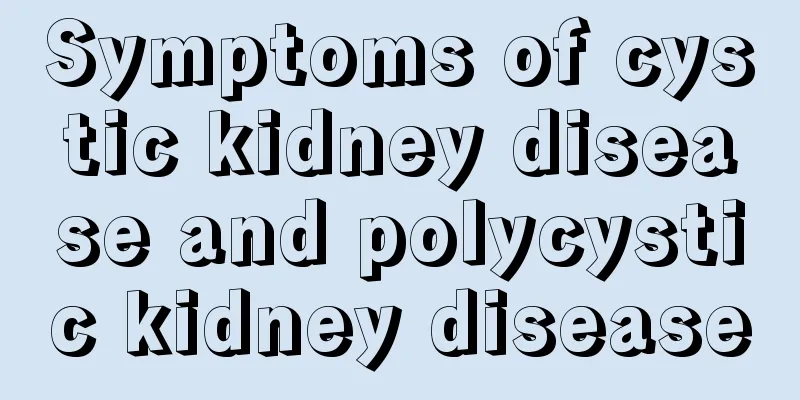
|
What is polycystic kidney disease? How does polycystic kidney disease develop? How to treat polycystic kidney disease? I believe everyone has a lot of such questions. For the sake of everyone's health, we need to strengthen our understanding of this aspect, because if we do not treat any disease, it will lead to unpredictable consequences. Let us now have a detailed understanding of cystic kidney disease and polycystic kidney disease, and have a comprehensive understanding of cystic kidney disease and polycystic kidney disease. 1. What are the clinical manifestations of polycystic kidney disease? In childhood, the kidneys remain normal size or slightly smaller, and small cysts may occasionally be found. The number and size of cysts gradually increase with age, but the progression is slow. In most cases, symptoms do not appear until after the age of 30 when the cysts and kidneys grow to a relatively large size. Common symptoms include: ① Enlarged kidneys: may be 5-6 times larger than normal, with significant differences between the two sides. In the early stages of kidney enlargement, imaging examinations are needed to detect it; in severe cases, abdominal palpation can detect it. ② Discomfort and pain in the waist and abdomen: This is caused by enlargement of the kidneys and cysts, increased tension on the renal capsule, or traction on the blood vessels and nerves of the renal pedicle. Sudden onset of pain is often caused by intracystic bleeding or secondary infection. Combined with stones or blood clots blocking the ureter after bleeding can cause renal colic. ③ Proteinuria and leukocyturia: 20% to 40% of patients aged 20 to 40 have mild persistent proteinuria, and the 24-hour urine protein quantity is generally less than 1g. Leukocytosis is common, but it does not necessarily mean a urinary tract infection. ④ Hypertension: It is a common manifestation of the disease in the early stage and directly affects the prognosis. It is reported that nearly 60% of patients without azotemia develop hypertension; among patients with normal renal function, the kidneys of those with hypertension are significantly larger than those with normal blood pressure. ⑤ Renal function impairment: Generally, chronic renal failure rarely occurs before the age of 30, and by the age of 59, about half of the patients have lost their renal function and require replacement therapy. 2. What are the extrarenal manifestations of polycystic kidney disease? (1) Polycystic liver disease: Polycystic liver disease is found in 70% of patients over the age of 60, and is more common in autopsy materials, with more than 90% of cases having polycystic liver disease. The incidence rate does not parallel the severity of renal cysts, and is generally discovered 10 years later than renal cysts and develops more slowly. The incidence rate is high in women (especially multiparous women) and the age of onset is early, and the number of cysts is large, which may be due to the involvement of female hormones in its formation. (2) Intracranial aneurysm: The incidence rate is 10% to 40%, and 9% of patients die from intracranial aneurysm rupture. It is the most dangerous comorbidity. (3) Abnormal development of heart valves: It has been observed that the incidence of mitral valve prolapse is 26%, and the incidence of mitral or tricuspid valve regurgitation is 31% and 15% respectively. 3. What are the complications of polycystic kidney disease? (1) Urinary tract infection: including cystitis, pyelonephritis, cyst infection and perirenal abscess. Among them, pyelonephritis and cyst infection are more difficult to distinguish. The presence of white blood cell casts and rapid response to conventional antibacterial treatment for urinary tract infection are conducive to the diagnosis of pyelonephritis, while positive blood culture and local tenderness tend to be cyst infection. (2) Kidney stones and renal calcification: When there is increased pain, colic, or gross hematuria, the possibility of concurrent stones should be considered. According to statistics, the complication rate is nearly 20%, and calcium and uric acid are the most common components. 4. Why does polycystic kidney disease lead to chronic renal failure? The mechanism of chronic renal failure in polycystic kidney disease is not only due to cysts compressing and replacing normal renal tissue, but also due to the following two factors: ① ischemia, sclerosis and/or inflammation, and fibrosis of non-cystic tissues (tubules, interstitium, and blood vessels); ② progressive loss of functional renal units causes high perfusion and high filtration of the remaining normal renal units, as well as the production of renal growth factors, which promote further destruction of the renal units. Comprehensive understanding of cystic kidney disease and polycystic kidney disease! Therefore, the condition of the adjacent areas determines how quickly renal impairment develops. High blood pressure and urinary tract infections are also factors that affect the rate at which kidney damage develops. The time to development of uremia is similar within the same family. I wish you a speedy recovery! The above has given you a detailed introduction to what polycystic kidney disease is and how it is formed. I hope it will be helpful to you. At the same time, patients with cystic kidney disease must have a new understanding of polycystic kidney disease, and prevent it early if there is no disease, and treat it early if there is disease! Get well soon! |
<<: What are the dangers of stimulant laxatives
>>: How to recognize blood in stool due to rectal cancer
Recommend
What should I do if I find liver cancer? Here are some common treatments for liver cancer
Liver cancer is a malignant tumor disease with co...
Is it useful to apply toothpaste when you have acne
When we get burned, we always apply toothpaste on...
What special symptoms do pancreatic cancer patients need to pay attention to
With the progress of the times and the improvemen...
Why do fingers wrinkle when soaked in water?
Fingers are parts of the body that people pay gre...
How does nasopharyngeal cancer cause facial numbness
How does nasopharyngeal cancer cause facial numbn...
Does moxibustion work for advanced gastric cancer?
We all know that if we find a disease in the earl...
What are the side effects of eating lily
Lily is a food ingredient with high medicinal val...
Will I get fat if I eat breakfast and go to bed?
Sleeping is something we need to do every day. Sl...
Is it good to wear earplugs to sleep for a long time
Many people like to wear earplugs when they sleep...
Is it okay not to fix a lost tooth?
Is it okay not to fill a lost tooth? In life, tee...
Is mixed type gastric cancer difficult to treat?
For early mixed gastric cancer, it is generally p...
What are the common symptoms of ovarian cancer?
Everyone must be not very clear about ovarian can...
It turns out that there are several best treatments for herpes simplex virus
Herpes simplex is a relatively common skin diseas...
Water for washing contact lenses
Nowadays, more and more people are suffering from...
Could frequent coughing be caused by nasopharyngeal cancer?
Could frequent coughing be caused by nasopharynge...
